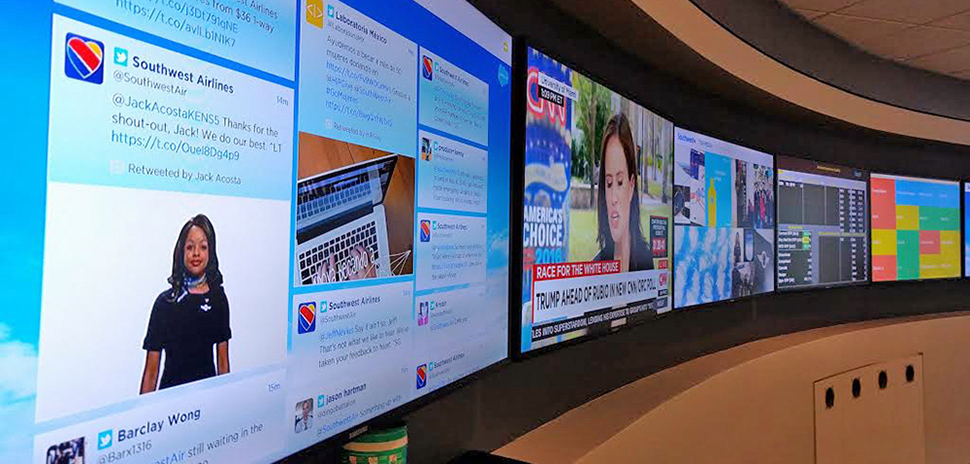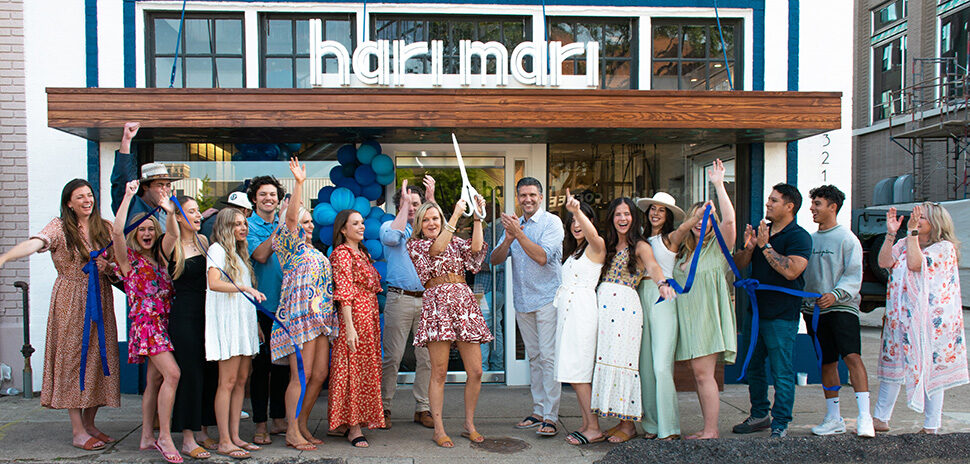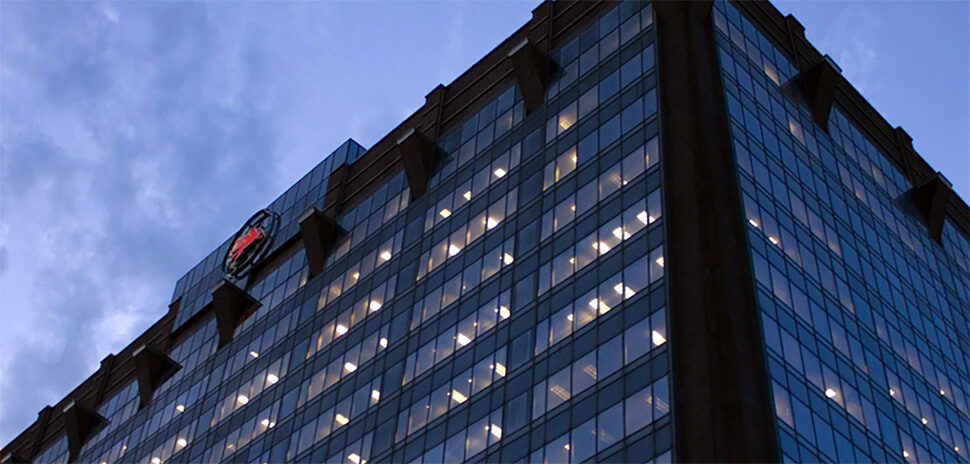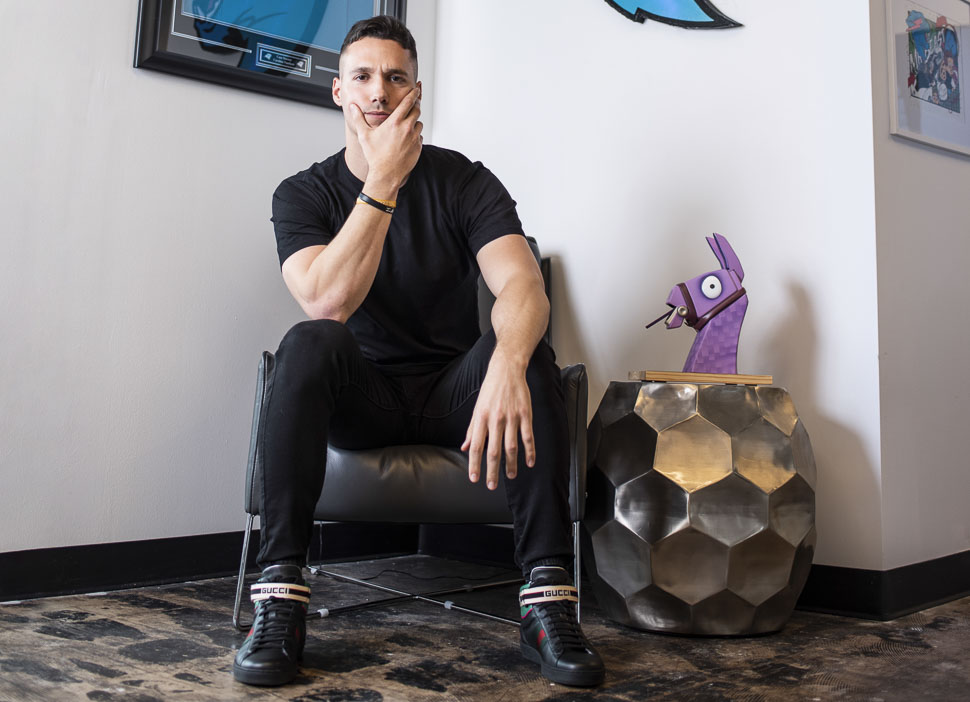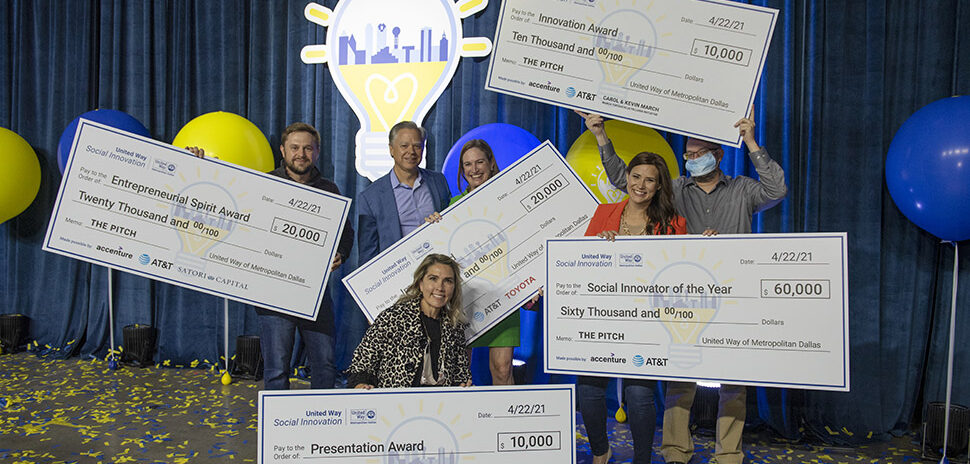With thousands of flights canceled, passengers and employees stranded, and the brand taking a beating on both social and traditional media, it’s hard to believe Southwest Airlines would ever want to relive the nightmare of July 20.
But that’s exactly what Curtis Midkiff did at the Digital Summit Dallas Tuesday afternoon at the Irving Convention Center. The network outage caused havoc for the Dallas-based airline but it also gave the airline’s social team a chance to flex its muscles and show what it could do.
Six months removed from that incident, it’s a case study for any company dealing with a crisis, said Midkiff, the senior adviser for social business strategy at Southwest Airlines.
“Every channel is a customer service channel.”
CURTIS MIDKIFF
Things first started going wrong about 1:30 p.m. at Southwest’s social listening center at the Dallas headquarters. Passengers complained they couldn’t get on the website to check-in or book a flight. By about 1:45, social media had exploded nationwide. Flights started getting canceled.
“We had to get a statement out to acknowledge that we hear what folks are saying,” Midkiff said. “We want to be honest, transparent, genuine, progressive and omnichannel with customers and employees.”
The same Twitter, Facebook, Instagram accounts that the airline typically used to promote fare sales or show beautiful sunsets with Boeing 737s became a critical conduit for updates and sympathy for those stranded.
“Every channel is a customer service channel,” Midkiff said. “Everywhere you post when things are going great with your company.”
Southwest hadn’t used Facebook live very often but knew it had to get a video out there. They filmed the video live in the social media listening center, explaining that this was unacceptable and that passengers would get accommodated.
“Customers appreciate the information, the transparency, and the humility. Let’s be a human brand.”
CURTIS MIDKIFF
But it was honest, too, adding that flights would be thinned until they could get the problem fixed.
The technical glitch failed and all the fail-safes behind it didn’t kick in. That actual problem was fixed rather quickly, once it was isolated, but the fallout lasted much longer. Stranded passengers don’t want to hear that the glitch that caused the problem has been fixed so everything is fine, Midkiff said.
“They want to hear what you are doing for me to get me home,” Midkiff said. “Customers appreciate the information, the transparency, and the humility. Let’s be a human brand.”
As a company, the goal is to own the conversation that mentions you directly, Midkiff said.
It just so happened that July 20 was supposed to be the soft launch of a new Southwest Airlines community, a forum where people can talk about the airline. Because that forum existed separately from Southwest.com, that website actually worked during the crisis.
So, they pushed the launch up about three months so it could be a hub for communication.
Southwest also had to get critical information out to employees, who were just as frustrated as customers. They used the internal intranet and closed employee-only Facebook groups to get updates out.
Delivering what’s new and next in Dallas-Fort Worth innovation, every day. Get the Dallas Innovates e-newsletter.










